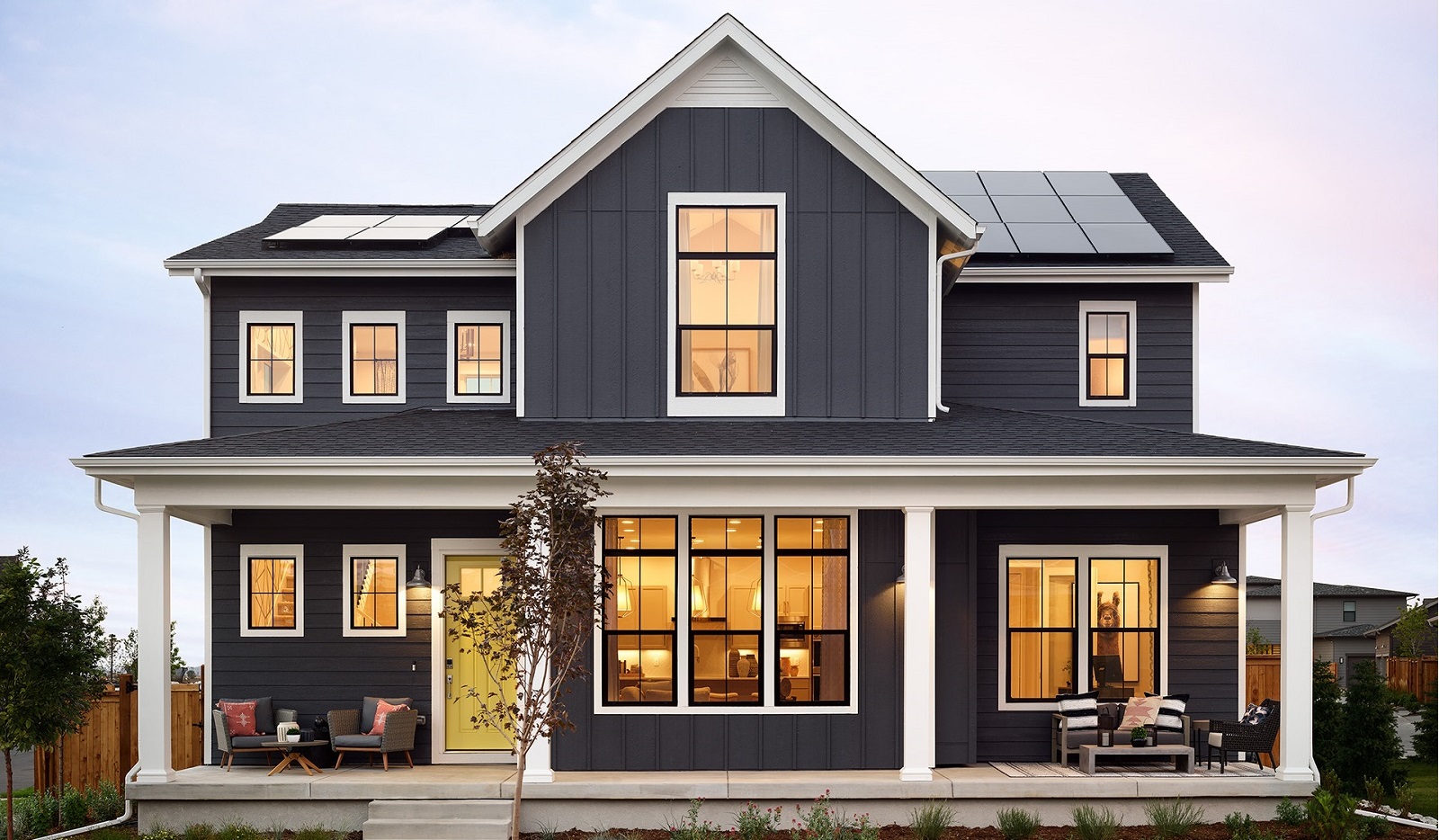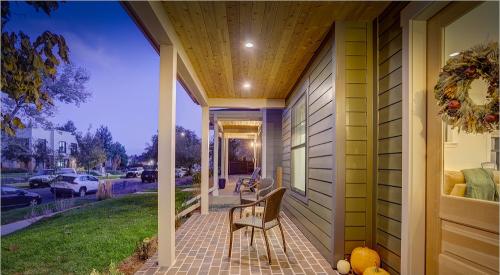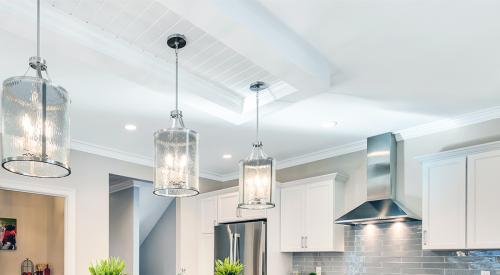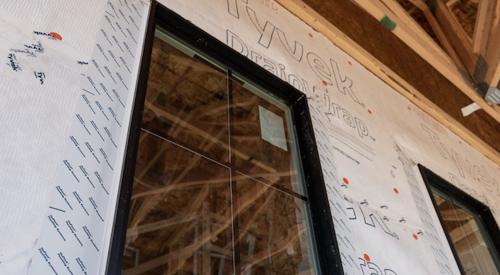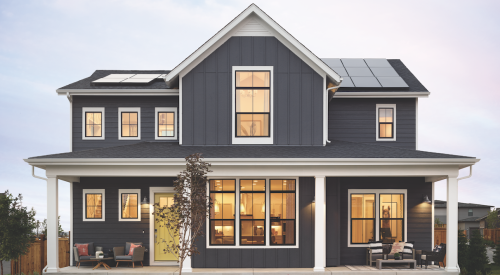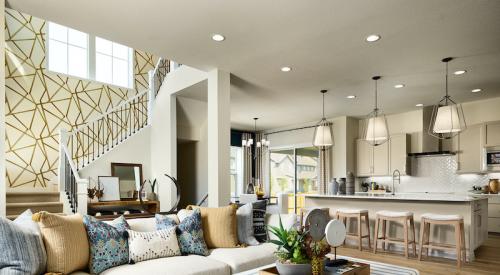New homes that are 100% powered by electricity have several benefits. The builder saves the expense of running gas lines. With no gas range to put carbon dioxide into the air and no chance of carbon monoxide problems from a malfunctioning water heater or other appliance, everyone stays healthier. In sunny climates like Colorado, solar panels may be able to power a heat pump, eliminating the heating bill. And the lack of gas appliances means the home isn't burning fossil fuels, which reduces the home's carbon footprint.
However, many homebuyers are hesitant at first and most express some reservations.
When it comes to heating, the most common reservation is that they assume a heat pump will cost more to run than a gas furnace. That's not necessarily the case when you're talking about a home with a super-efficient thermal envelope.
One example is St. Paul, Minn., builder Ryan Stegora, who builds large custom homes (around 4,000 sf) that meet Passive House standards. He used to install gas furnaces, but recently switched to electrically-powered geothermal heat pumps. Even in homes of this size, the result has been lower monthly energy bills for his clients. "At least in this case, electricity was the cheaper fuel," he says.
A geothermal unit does cost more than a gas furnace, but Stegora says the monthly energy savings pay for that extra cost in a couple of years.
Another common reservation is about amenities. Minneapolis real estate broker Chris Harrington surveyed 200 potential homebuyers on their feelings about all-electric homes. While many thought they would miss having a gas fireplace, more were concerned about induction cooking. "People didn't want to lose their gas stove." He says that selling them on induction requires some education about its advantages, which include the fact that it offers more control than gas, and that you don't have to worry about the kids burning themselves. Having an induction cooktop for potential buyers to try out is a big help.
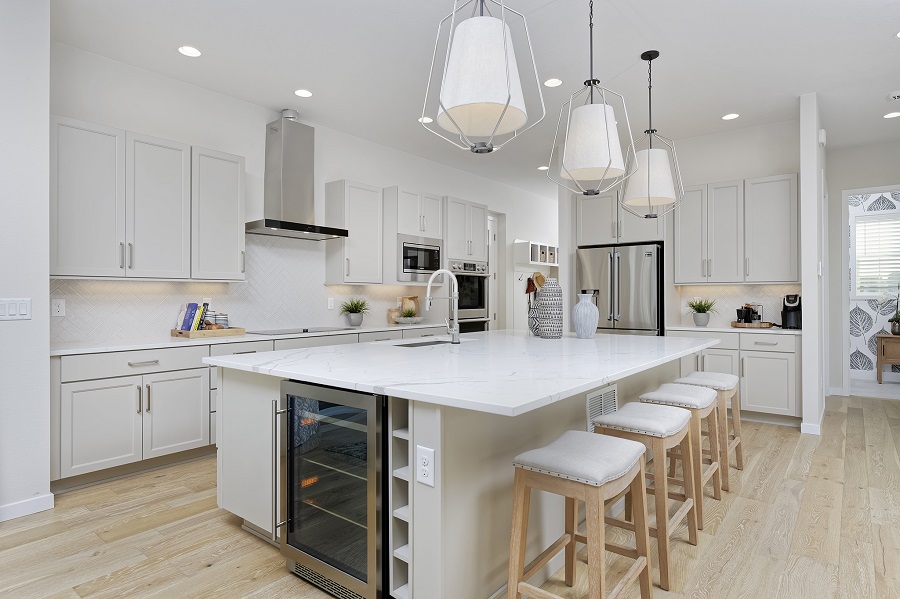
This type of education works best when buyers are sold on the home itself. To accomplish this, Harrington focuses on health and comfort. "I bring people to a completed home so they can feel the warm fresh air being supplied by the heat recovery system," he says.
It also helps to have testimonials from past clients who have purchased high-performance homes. "Every client, within a month after they move in, will reach out to me and say that their new home is different than any one they've lived in," says Stegora. "Even if outside temperatures vary from 80 to 50 degrees in a single day, the people inside won't notice. These homes coast through temperature swings."
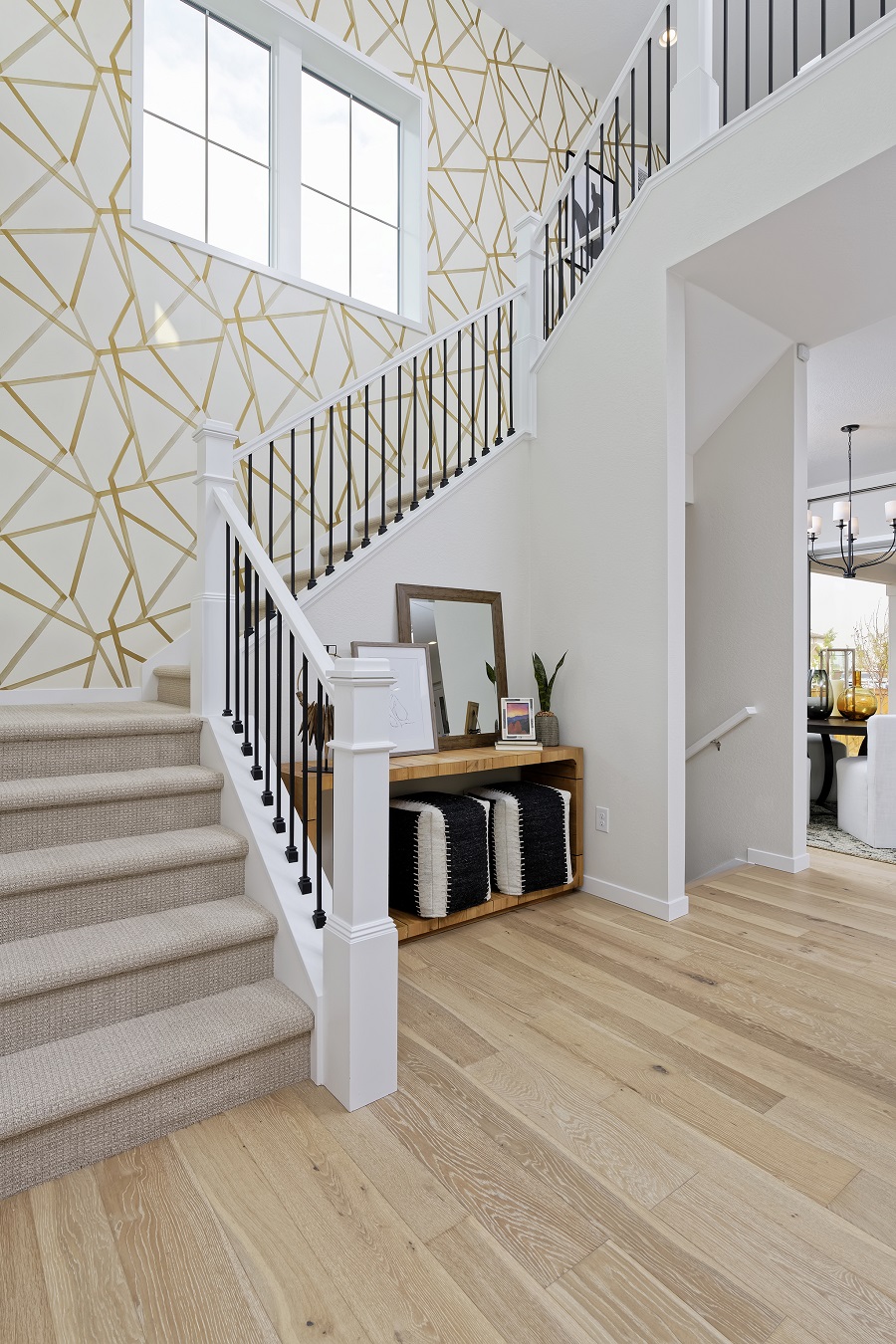
The point is that the all-electric home is, first and last, a home. People don't go shopping for efficient systems but for a home they will love living in. These systems support that goal.
While thermal comfort plays a big role in people's ongoing satisfaction, what initially attracts them is good design. A high-performance home is, by nature, a luxury product, and the architecture has to reinforce that, according to Sandy Stegall, a sales associate with Thrive Home Builders in Denver.
Stegall is the salesperson for the company's Vitality collection with sales prices starting at around $700,000. Each home is heated and cooled by an air source heat pump, but buyers can get a gas fireplace if they want one. (The community where Thrive is building these homes already includes in-ground gas.)
The homes are certified by DOE's Zero Energy Ready, EPA's Indoor airPLUS and Xcel Energy's Energy Star New Homes programs. The all-electric model home for the series also earned a LEED Platinum rating from the U.S. Green Building Council.
Stegall says that while several people have opted for the all-electric version, that's not the first thing she talks with them about. "People want great architecture," she says, adding that the homes are so well designed that they sell themselves. "The performance features are icing on the cake."
